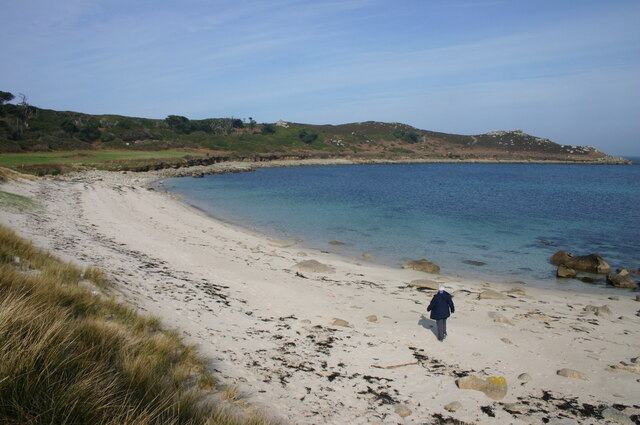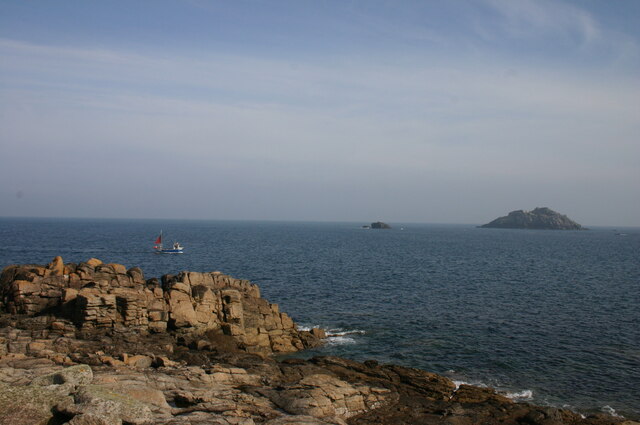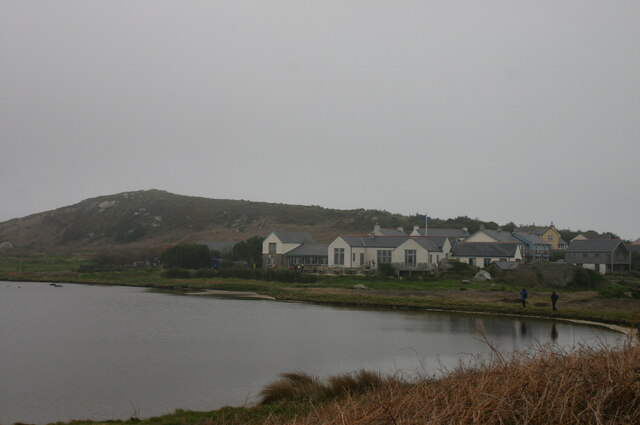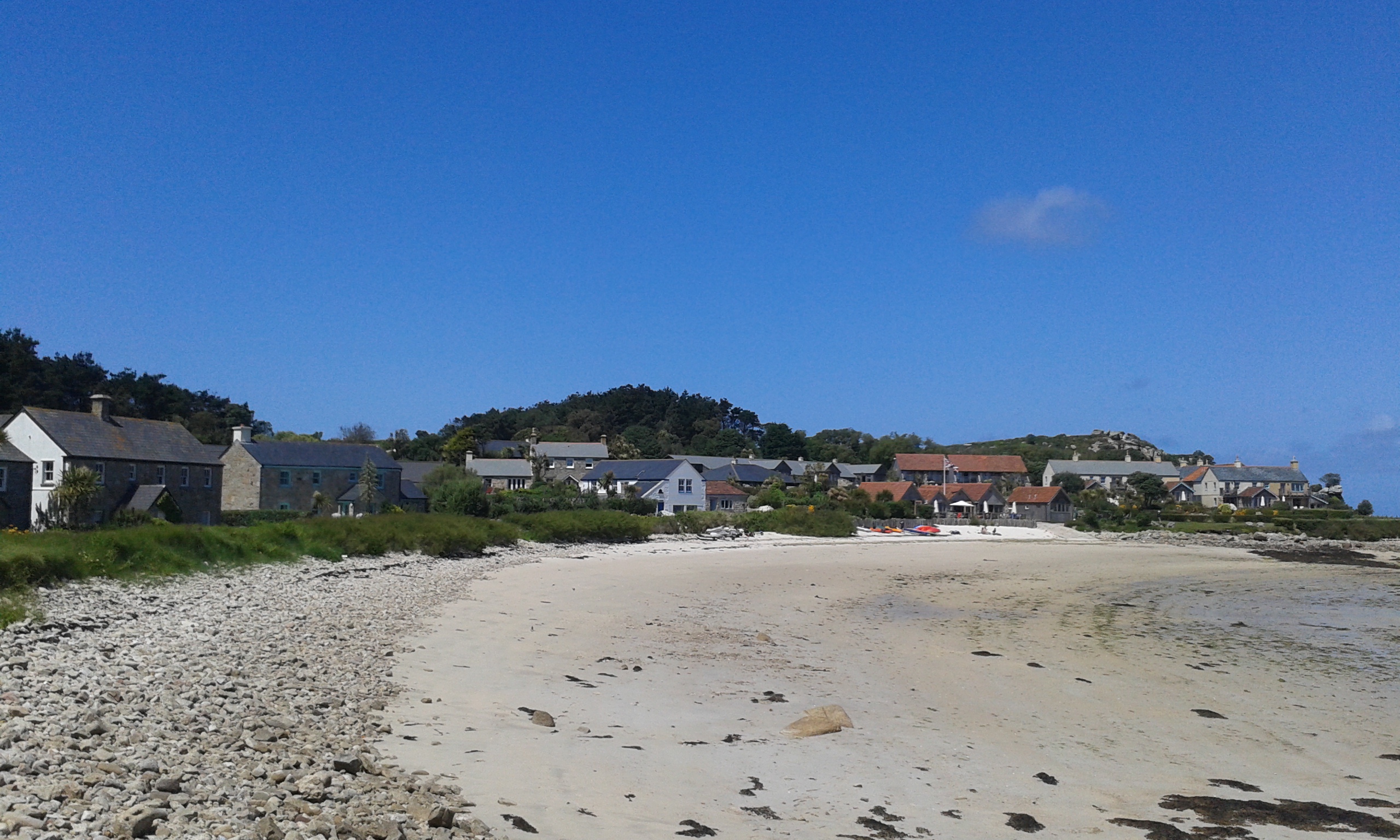Beacon Hill
Hill, Mountain in Cornwall
England
Beacon Hill

Beacon Hill is a prominent hill located in Cornwall, England. Situated in the southeastern part of the county, it is part of the picturesque landscape that characterizes this region. The hill stands at an elevation of approximately 232 meters (761 feet) above sea level, making it a notable feature in the surrounding area.
The hill is known for its distinctive conical shape, which is a result of its geological formation. Composed mainly of granite, Beacon Hill showcases the rugged beauty that Cornwall is famous for. The hill is covered in lush vegetation, including grasses, shrubs, and occasional trees, creating a vibrant and colorful scenery.
Beacon Hill offers breathtaking panoramic views of the surrounding countryside, including the rolling hills, farmland, and nearby coastal areas. On a clear day, it is even possible to see the distant English Channel. Due to its height and strategic location, the hill has historically served as a site for beacons, which were used to relay important messages or warnings across the region.
The hill is a popular destination for outdoor enthusiasts and nature lovers who enjoy hiking, walking, and exploring the countryside. There are several footpaths and trails that lead to the summit, allowing visitors to experience the beauty of the hill and its surroundings firsthand.
Beacon Hill is not only a natural landmark but also an integral part of the cultural heritage of Cornwall. With its scenic views and rich history, it continues to attract locals and tourists alike, providing a memorable experience for all who visit.
If you have any feedback on the listing, please let us know in the comments section below.
Beacon Hill Images
Images are sourced within 2km of 49.960742/-6.3408771 or Grid Reference SV8815. Thanks to Geograph Open Source API. All images are credited.













Beacon Hill is located at Grid Ref: SV8815 (Lat: 49.960742, Lng: -6.3408771)
Division: Isles of Scilly
Unitary Authority: Isles of Scilly
Police Authority: Devon and Cornwall
What 3 Words
///darling.newly.buggy. Near Tresco, Isles of Scilly
Nearby Locations
Related Wikis
Castle Down
Castle Down is a windswept plateau of maritime heath in the northern part of the island of Tresco, Isles of Scilly. The area has a number of designations...
Old Grimsby
Old Grimsby (Cornish: Enysgrymm Goth) is a coastal settlement on the island of Tresco in the Isles of Scilly, England. It is located on the east side of...
St Nicholas's Church, Tresco
St Nicholas's Church, Tresco, is a parish church in the Church of England located in Tresco, Isles of Scilly, UK. == History == Originally two old cottages...
New Grimsby
New Grimsby (Cornish: Enysgrymm Nowyth) is a coastal settlement on the island of Tresco in the Isles of Scilly, England. It is located on the west side...
Nearby Amenities
Located within 500m of 49.960742,-6.3408771Have you been to Beacon Hill?
Leave your review of Beacon Hill below (or comments, questions and feedback).






